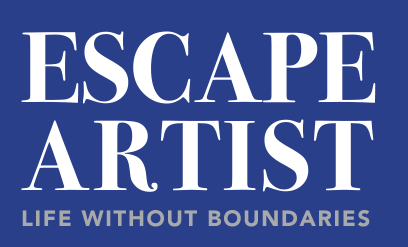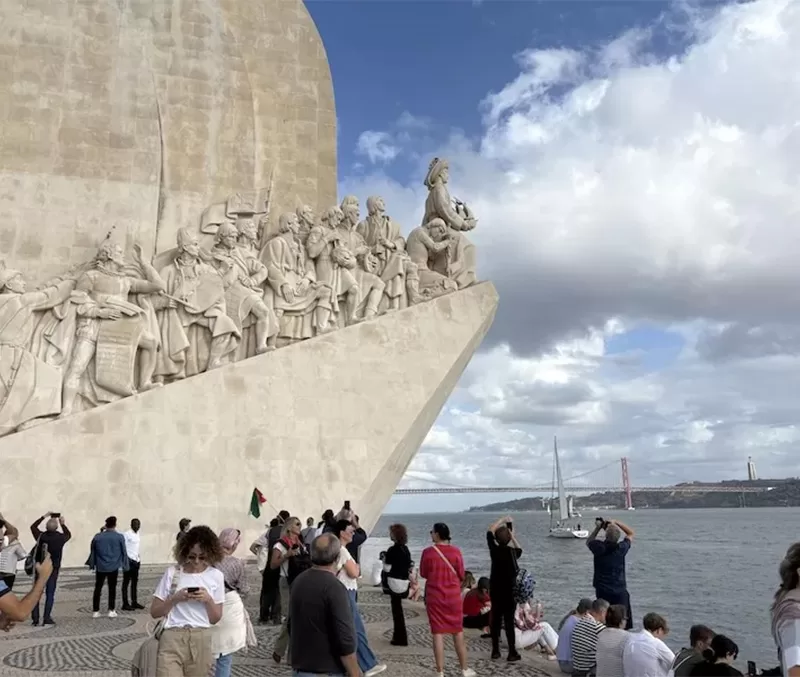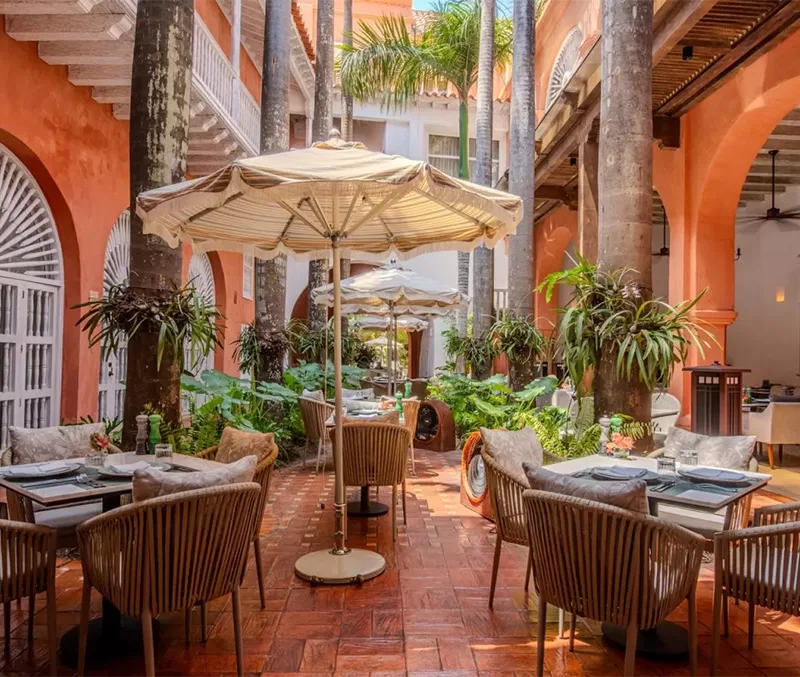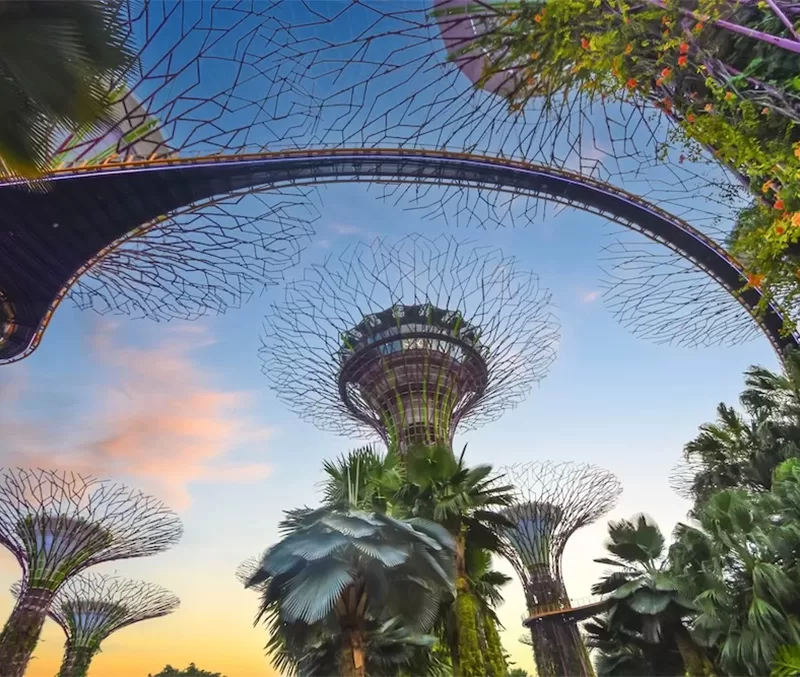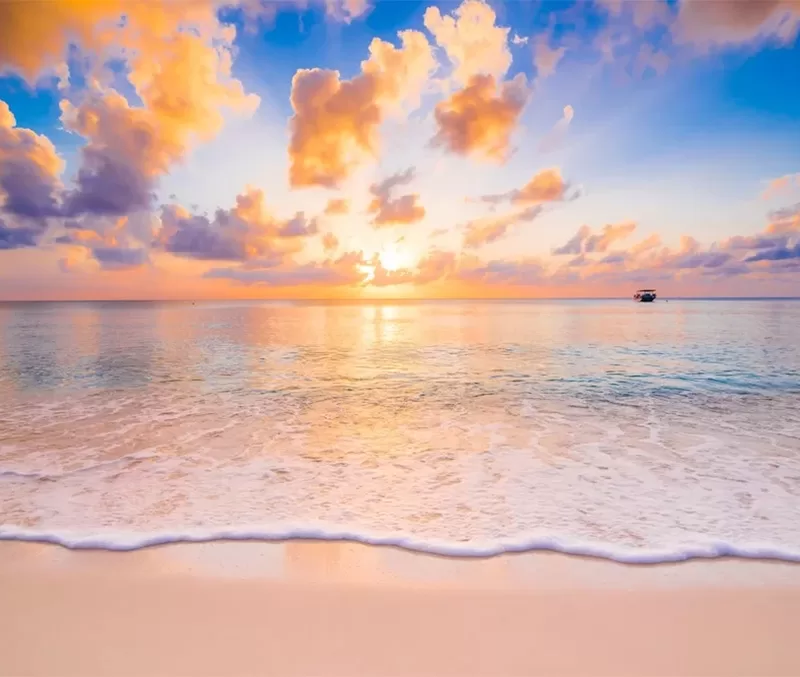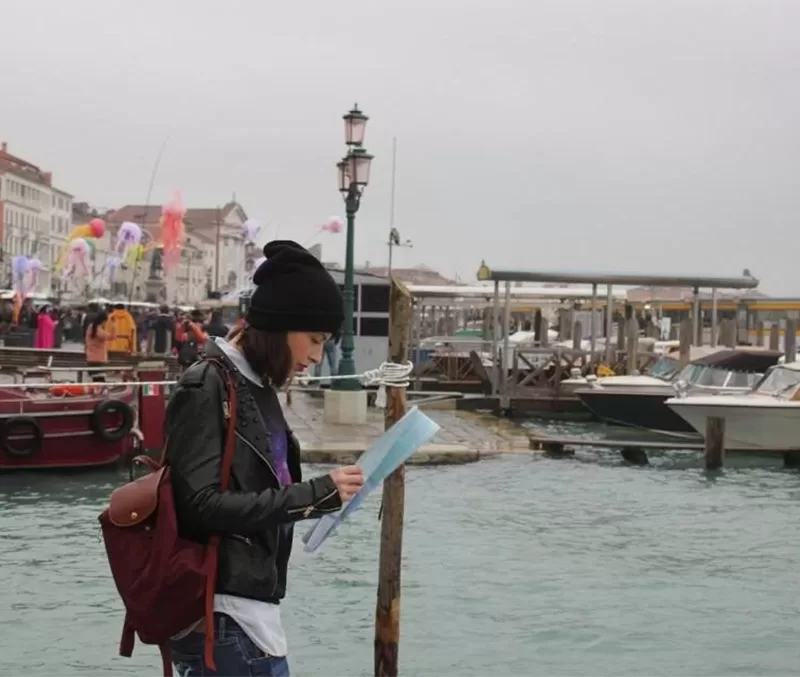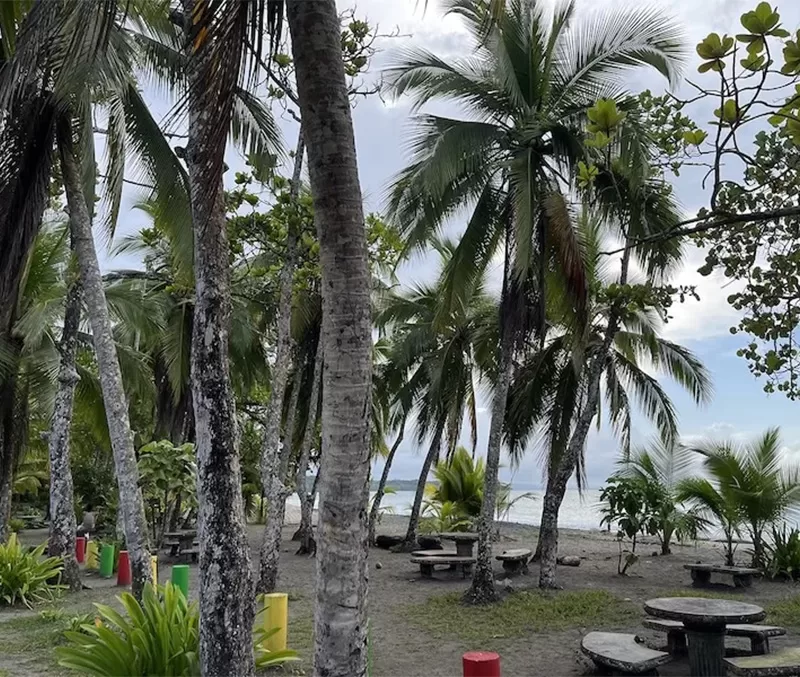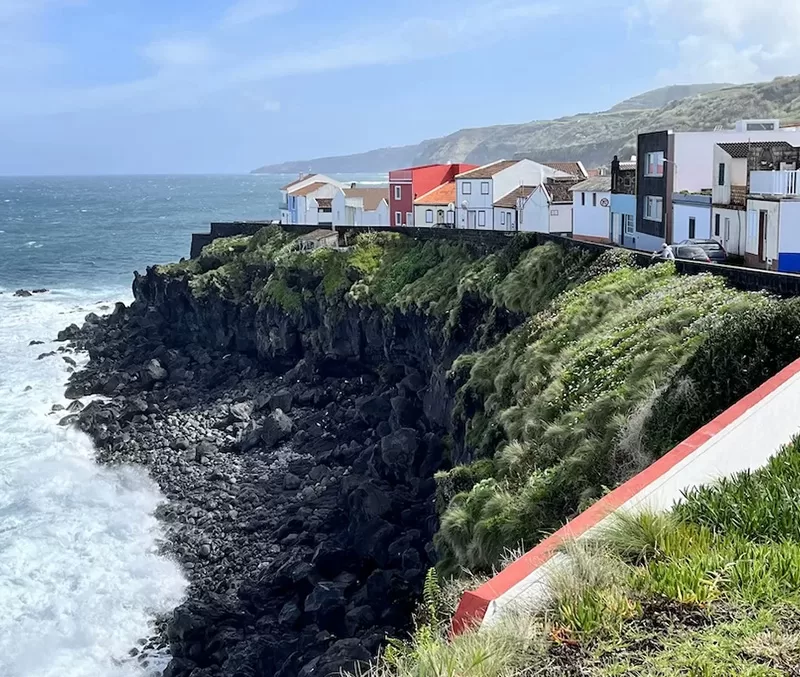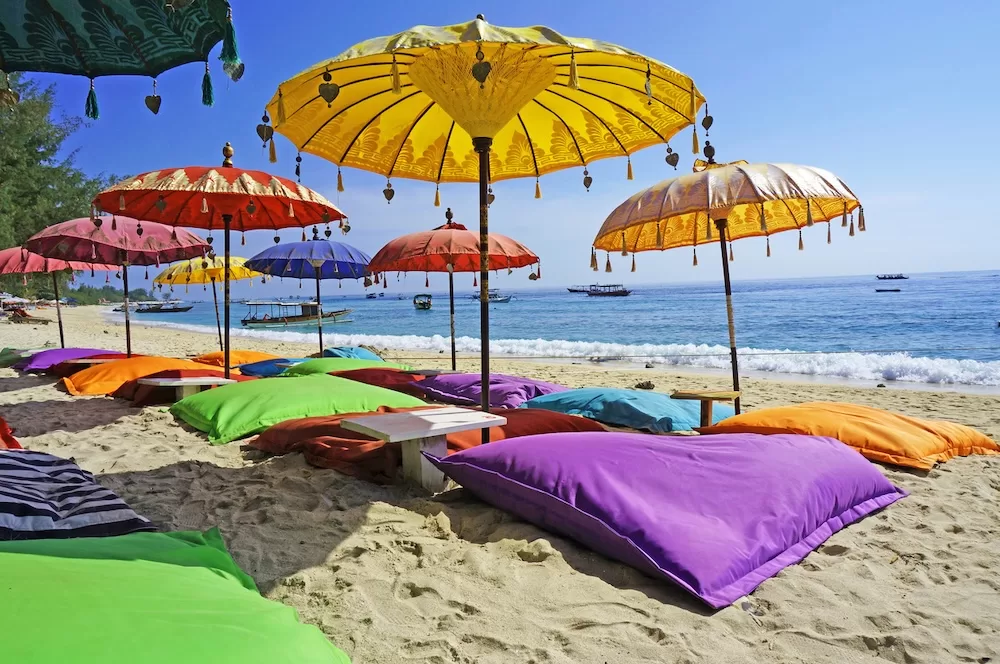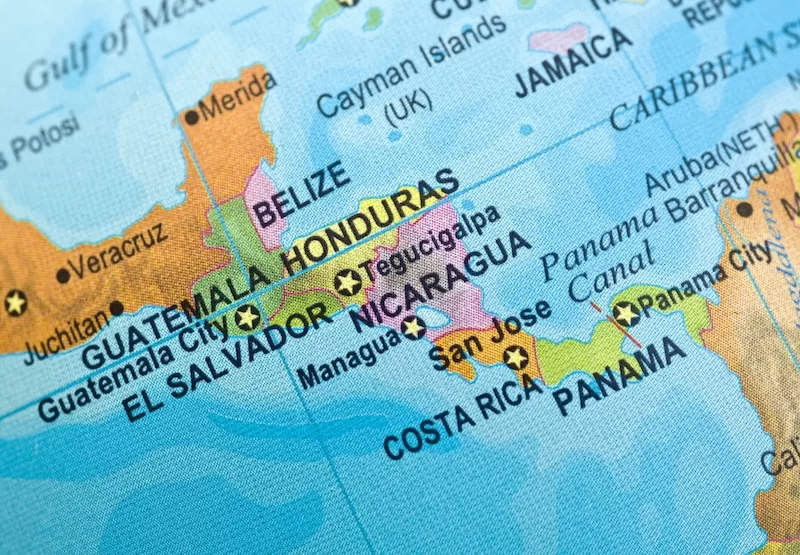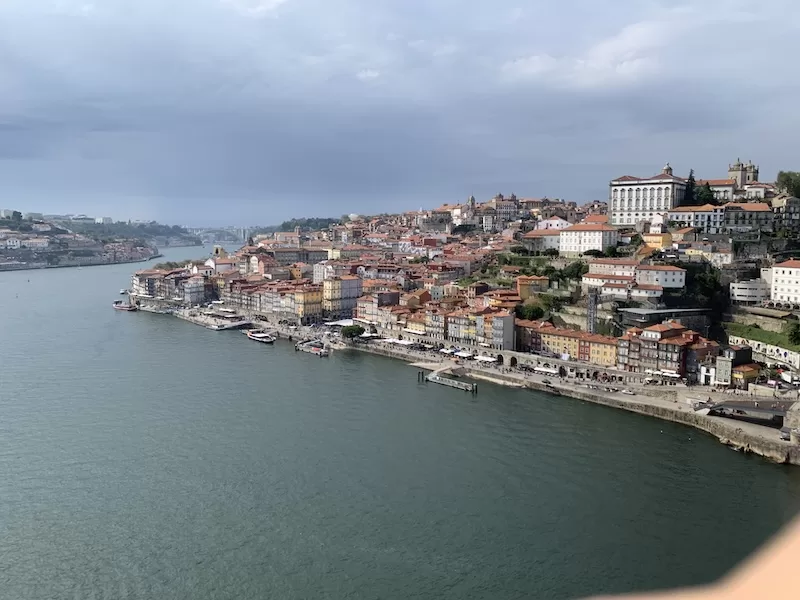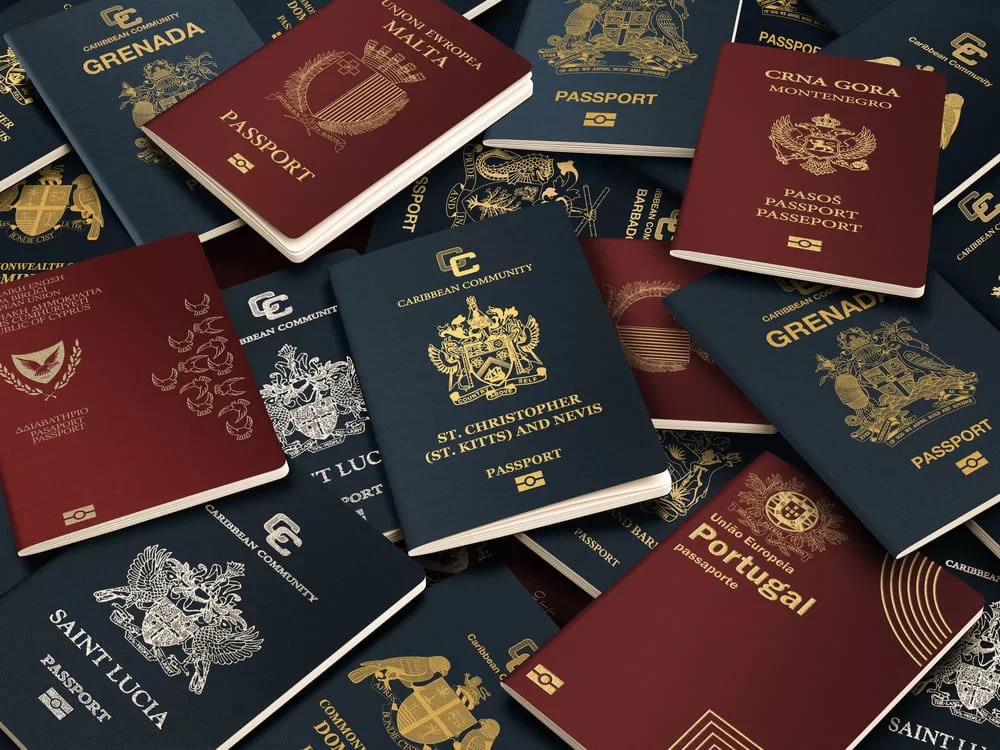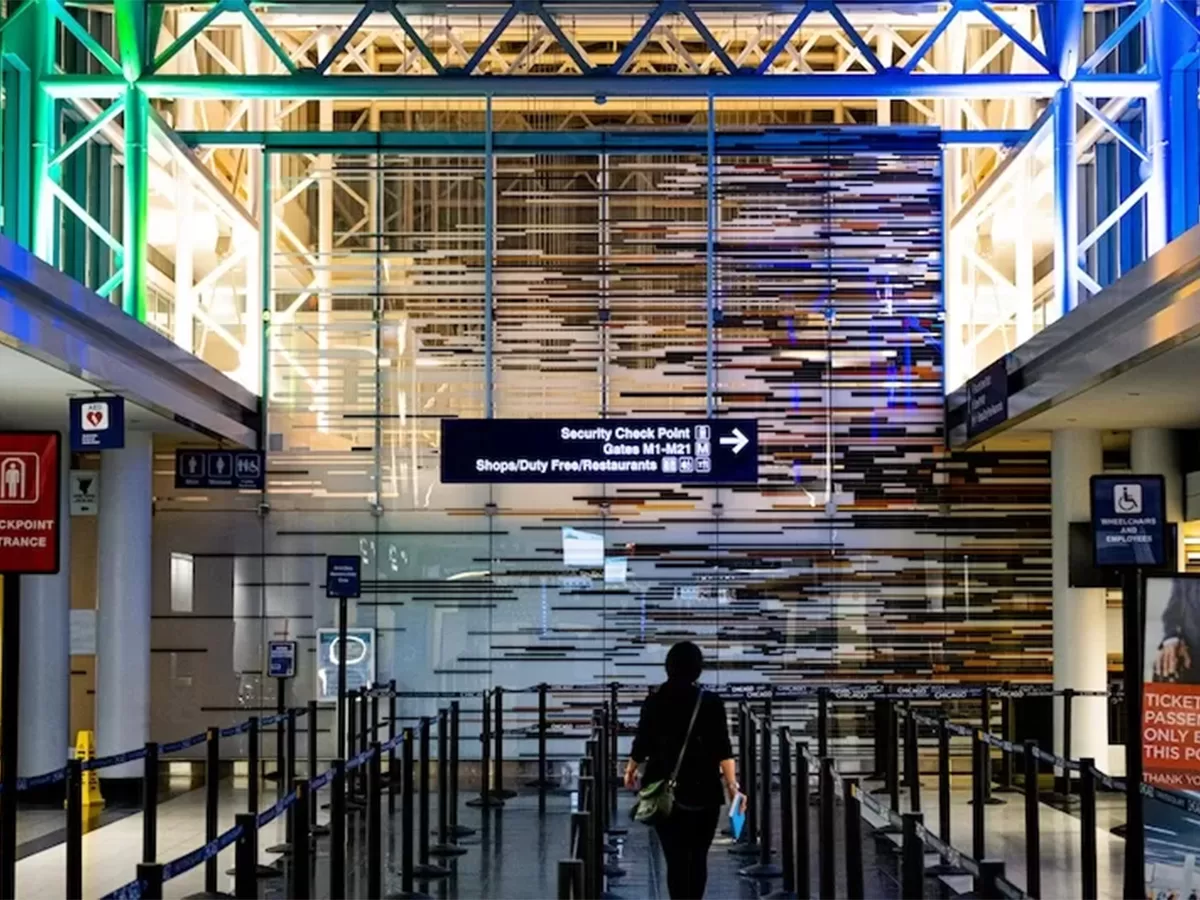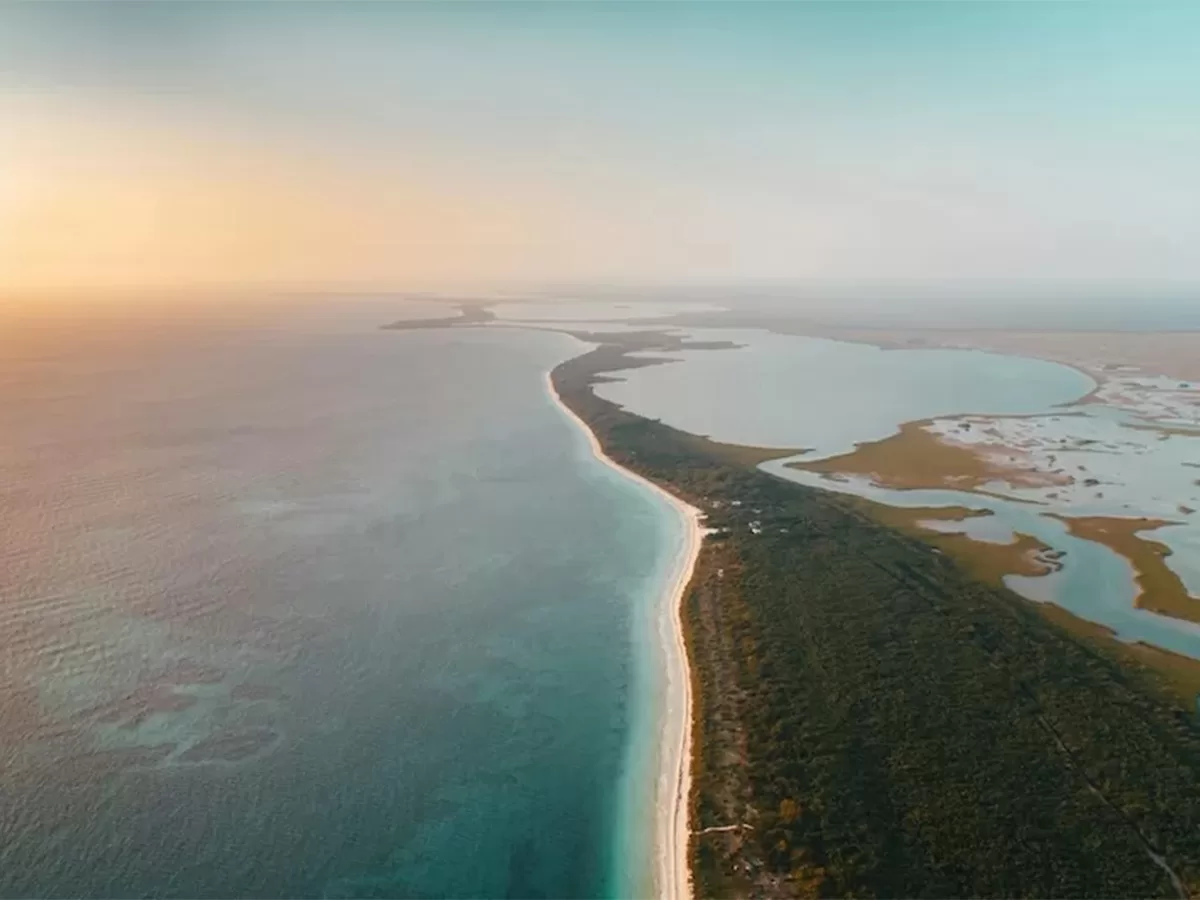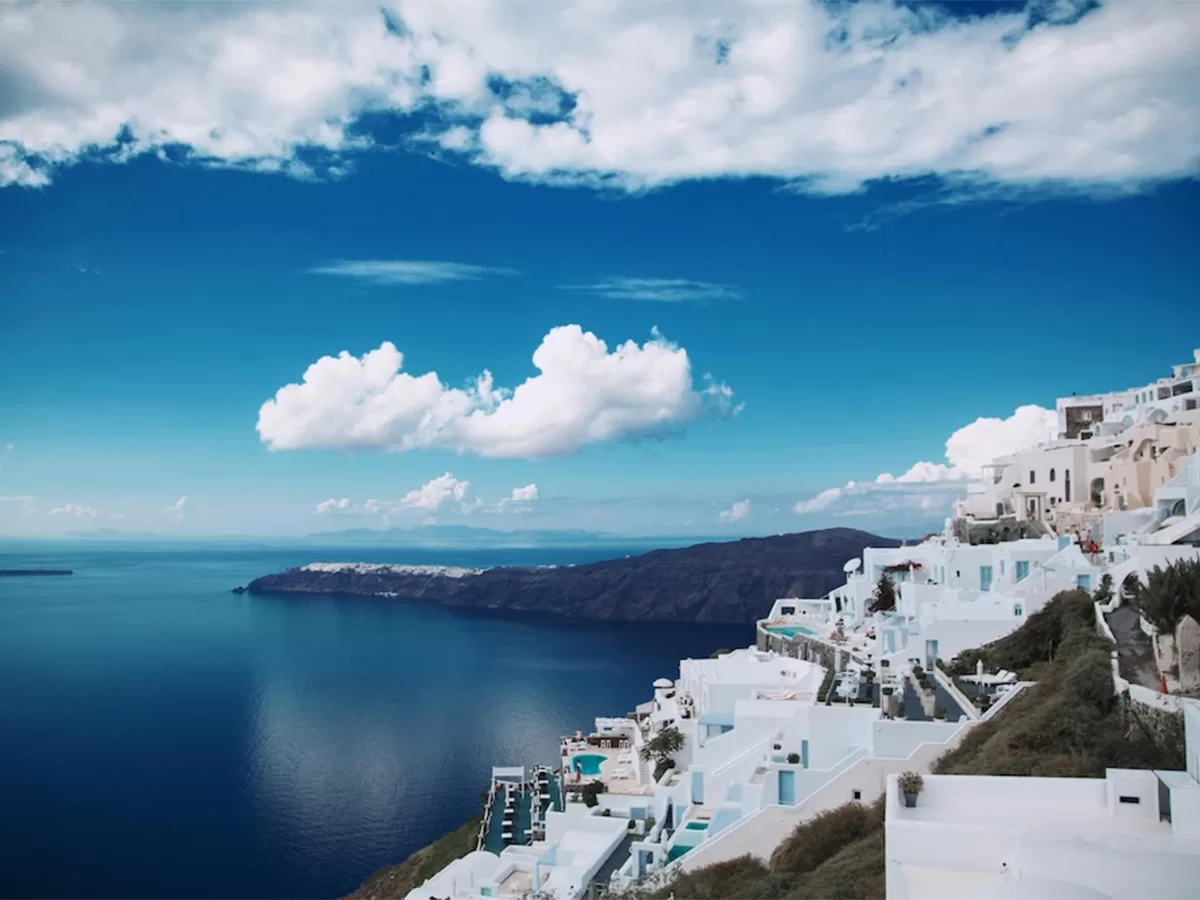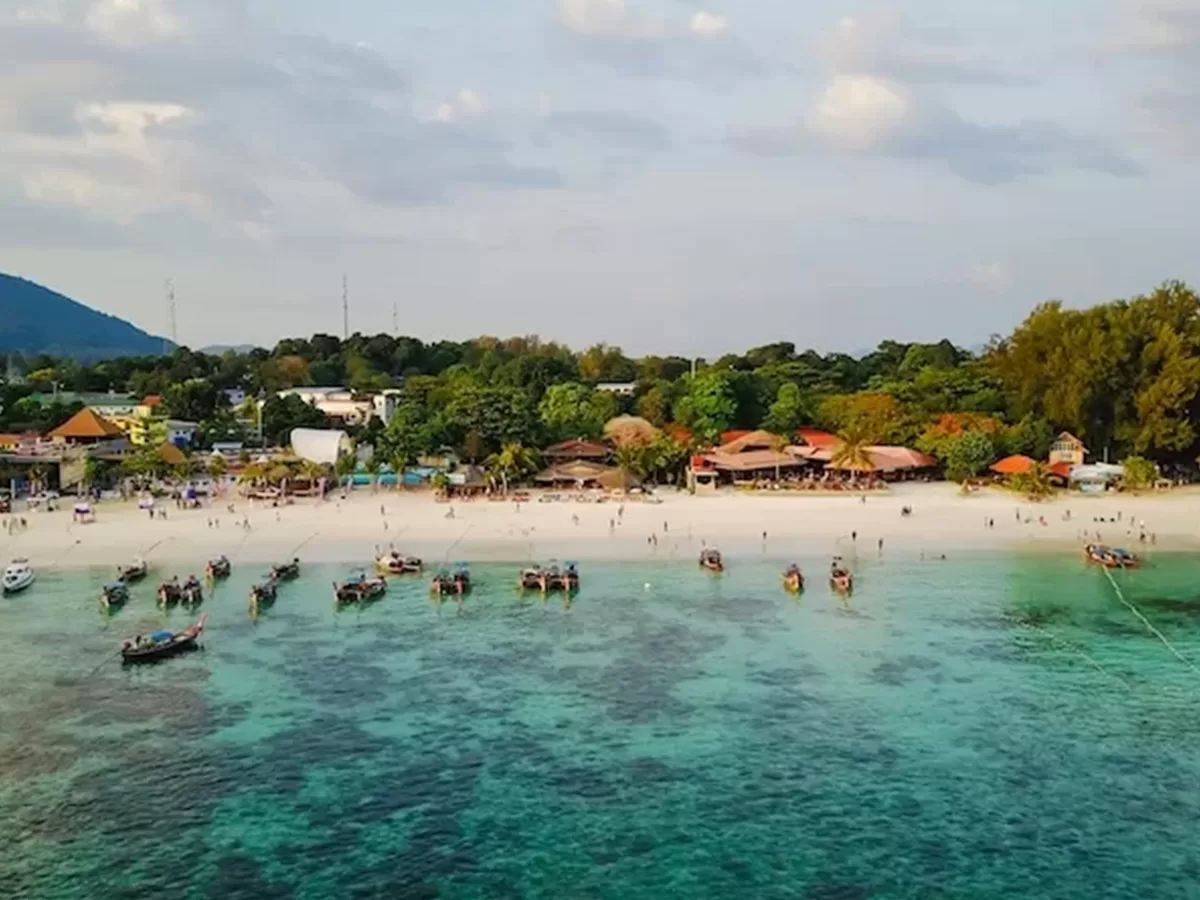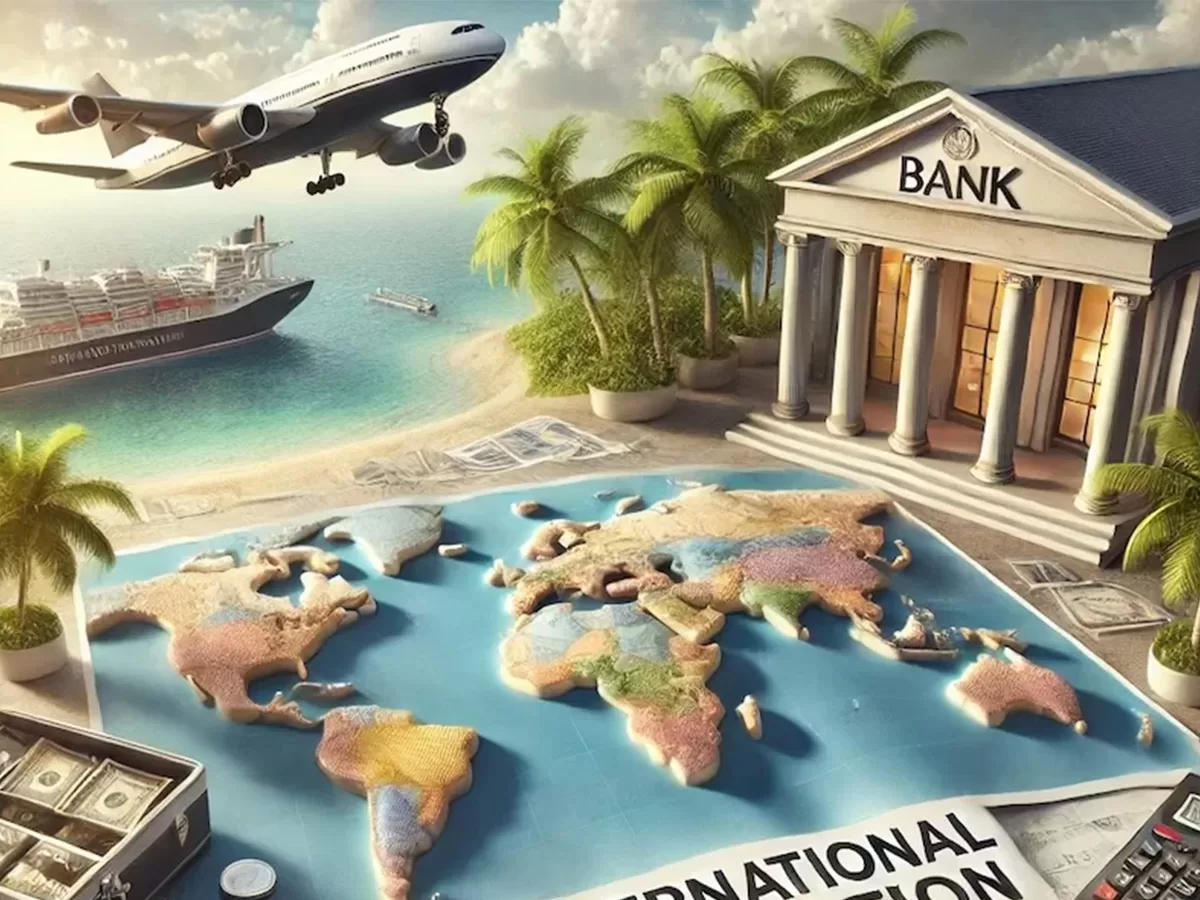Moving in a State of Flow
A global adventurer finds his footing on a perilous walk across Africa

Mario Rigby did a lifetime’s worth of travel in his youth. Born in Turks & Caicos, he grew up near Stuttgart, Germany, then moved to Canada in his teens before competing in international track and field competitions in the Bahamas, El Salvador and beyond in his early twenties.
But all that was just prelude to what he’s done since turning 30. Rigby, who turned 39 last month, walked across Africa the long way, from South Africa to Egypt, which took nearly two and a half years. He biked across North America. He swam, strolled, and kayaked across a Caribbean archipelago and spent time with nomads in the Sahara, among other journeys.
Next up is climbing Africa’s Mount Kiliminjaro, as he seeks to scale the Seven Summits. Mario recently took a break from the two books, semi-fictional TV series, and feature documentary he’s developing to share a few travel tales and insights on embarking on a grand adventure.
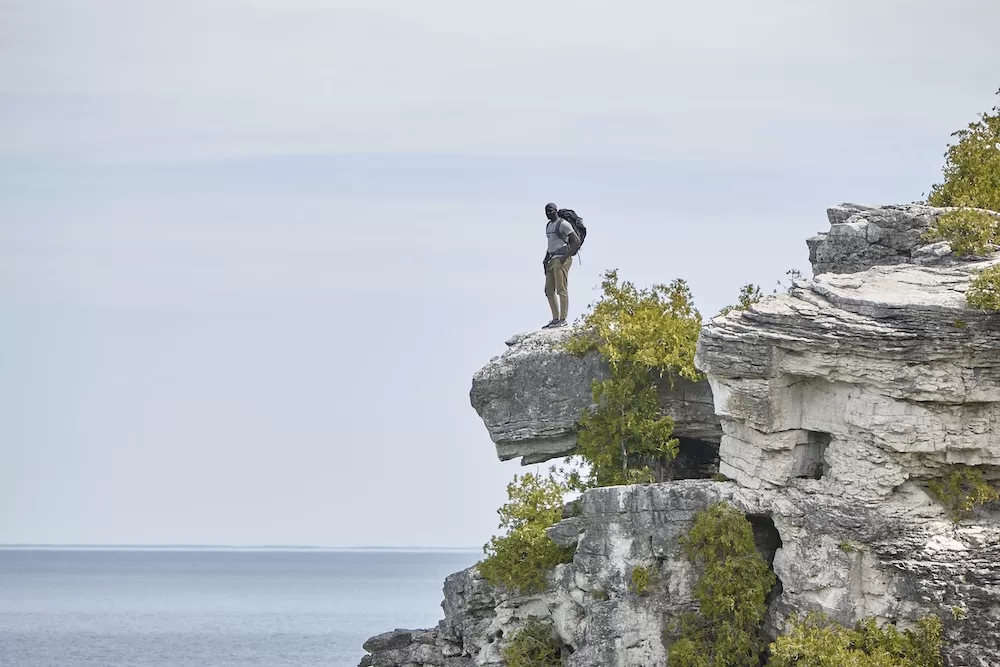
David Lepeska: In 2015 you were living in Toronto, working as a personal trainer when you decided to walk across Africa. I heard in an interview that you got this idea from a cartoon. That’s wild. Please tell us about that, and what was your objective?
Mario Rigby: Long before the movies, there was an animated show called the Black Panther on BET. My brother and I saw that show and it inspired me to look at the possibility of using a walk around Africa as a rite of passage. I started thinking that there aren’t many black superheroes or many black explorers. I thought to myself, why can’t someone who looks like me be on the cover of National Geographic?
Once you decided to do the walk, there was so much to figure out. You had to plan the route through all these countries, some of them unstable. You had to figure out the visas. You had to generate funding. You had to decide what to bring. Walk us through your preparations, if you would.
First I had to see if this is a thing that my body could physically do. So I just started walking from Toronto to Hamilton, roughly 70km (44 miles). Then I walked from Toronto to Montreal. That took about 15 days. For the first few days of that walk a speed-walking coach joined me and she taught me about endurance. I learned a lot from that, and learned a lot in those nine months, survival skills, how to deal with dangerous situations, how to walk up to 20 hours nonstop, how to traverse eight countries from Cape Town to Cairo.
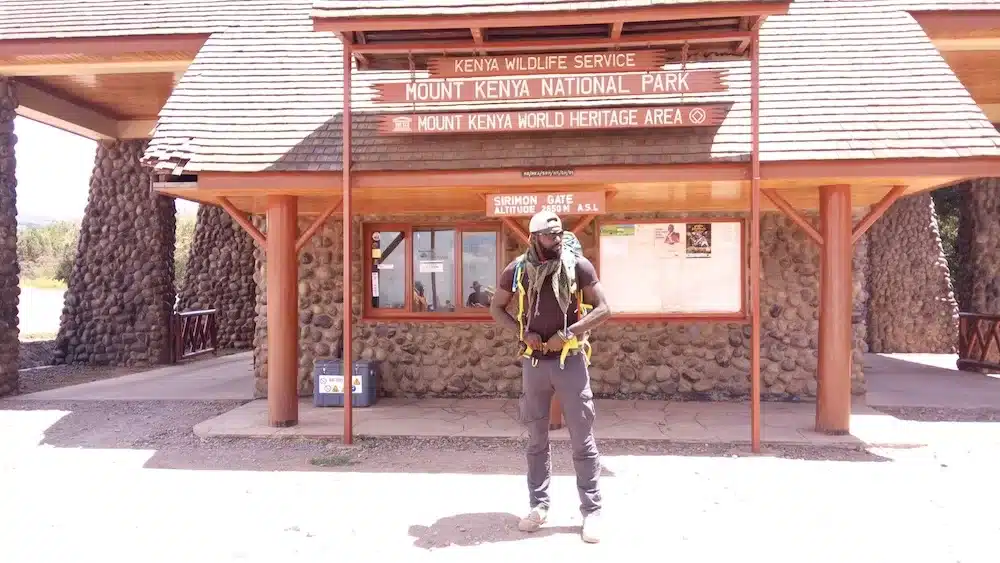
You arrived in Cape Town on your 30th birthday, late November 2015, and prepared to set off across Africa. What do you remember from the first day of walking?
The night before I’d met these two Zimbabweans at a coffee shop. I overheard them talking about politics, I ended up joining them and eventually told them what I was doing. One of them, he was 19 at the time, asked if he could join me on my first day of walking. I didn’t see that happening. But I told him, if you come to where I’m staying at 4am tomorrow, you can join me. And this kid actually showed up the next day. It made the start of my journey really smooth because he knew Cape Town well and we used public transportation to get to the southwestern tip of Africa, at Cape Point, to start the walk.
So you experienced the famed African kindness even before you began. But a few weeks later you had some trouble in Malawi, in a fishing village. Tell us about that.
I was kayaking the length of Lake Malawi, where there are a lot of small remote villages. Some places people haven’t ever seen foreigners, so it can be dangerous. In one fishing village, I found the one guy in the village who spoke English and he said it was OK for me to set up camp next to his place. But then around 2am two police officers come with their AK-47s, pointing them into my tent and saying I’m under arrest. Apparently the village chief had some beef with this guy who let me stay, and he called the cops.
I told them I’m an American and showed them my passport. But the police officer didn’t believe a word I said. He showed me his arm and said, “Look at me and look at you. My friend, you are African.” Maybe it was jealousy, maybe he wanted to humiliate me. I don’t know. But they handcuffed me and shackled me in a way that I couldn’t even separate my elbows, and threw me in a jail cell with seven other guys. It was really hot in there, like an oven, just a concrete cell with one tiny window, and I’m the only one that was shackled.
Everyone else is free. The officer said it was for my safety. None of my cellmates spoke English. But it was wild, the inmates were the ones who ended up feeding me. They would give me the last few chips. They would give me a little bit of water. And what was most humbling, they even helped me pee because I couldn’t do it, being shackled. It was embarrassing.
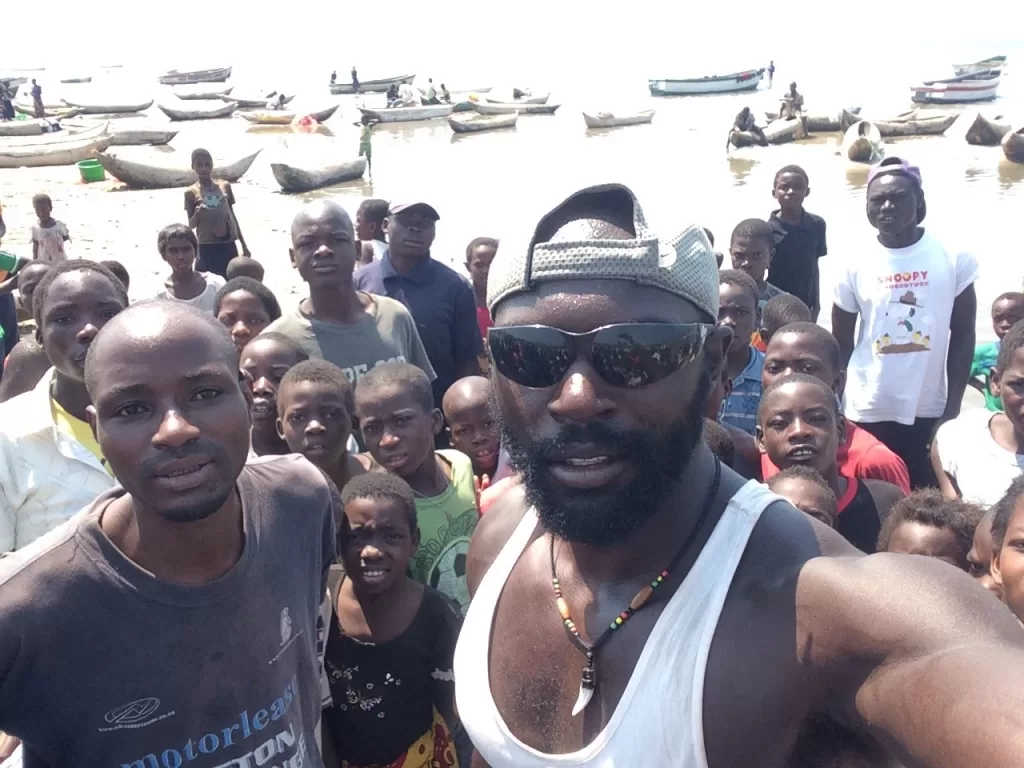
How did you get out of jail?
A few weeks before, in Mozambique, I had met an Italian British guy named Francesco, who asked if he could join me on the walk and I said sure. When we got to Lake Malawi I said you walk and I’ll kayak. So I got a few days ahead of him because I was going in a straight line and he’s zigzagging along the coast, going up hills and things like that. After a couple days in jail I started thinking he might not come. Maybe he took a different route. I had a GPS tracker and it tracked my movements every day, so a few of my friends had some idea where I was.
But then Francesco arrived in the village and came to the jail and I could hear him talking to the cops, because it was a real small police station. He said, “Hey, I believe you have my friend here. You must release him.” I’m thinking to myself, of course they’re not going to listen to this random guy. But immediately the police chief said, “Oh, we didn’t know we had your friend. We are so sorry,” and released me. And I was like, are you kidding me?? Just because he was white.
These hundreds of people who didn’t know me were screaming and cheering me on. That roar propelled me onwards.
We made a formal complaint to the police head office and they sent a letter vowing to prevent this from happening in the future. The police officer got in trouble, and we were escorted back to the fishing village so I could retrieve my kayak. I arrive and all of the villagers show up and make a circle around me and the police chief, who offers to shake my hand. I refused, and everyone around us goes like “Oooooh.”
I started to meticulously retrieve my kayak and all my things because I had to make sure I had every single item. And pretty soon, as I’m putting my things back in the kayak, the entire village started helping me and supporting me. They ended up lifting my kayak, like 20 of them, and ceremoniously carrying it and put it into the lake. I said my goodbyes to them, got into the kayak, pushed off and heard this massive roar behind me. These hundreds of people who didn’t know me were screaming and cheering me on. That roar propelled me onwards.
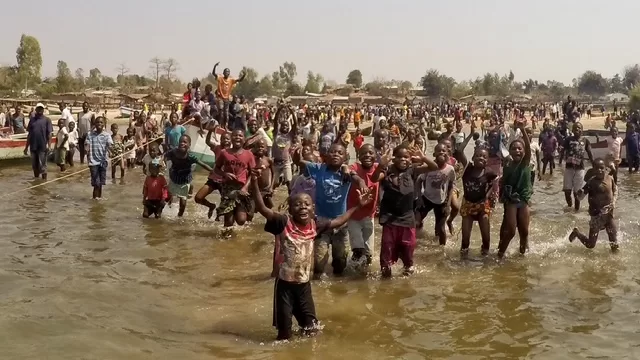
In Mozambique, you had to crouch in the back of a pick-up truck while gunshots were fired nearby. The video looks absolutely terrifying. What was happening there?
I was going through the Sabi border in Mozambique, which splits the north and south of the country. Southern Mozambique is the government side, and the north is run by RENAMO forces (national resistance movement), a rebel faction that wants to take power. As I neared the border I was aggressively picked up by the military. They pulled out their AK-47s and herded me into the back of their pickup. There were six soldiers in the back and two in the front and we start flying down the highway, doing maybe 200 kms (124 miles) an hour. We were going so fast, and it was close to sundown and I remember it was one of the most beautiful settings I’d ever seen.
But it was eerie because there were all these columns of smoke. We’d see chimneys of smoke all along the way. And I thought, what’s that? When we got close I saw they were car bombings, vehicles hit by RPGs, and I understood why we were driving so fast. Then we saw thicker smoke chimneys and those were entire villages being burned down. I thought, this is not good.
I remember thinking, this might be my breaking point. This is pretty tough. Those kids are dead. This is reality.
That’s when I heard gunshots. Ak-47s going off—POP POP POP POP POP! I thought it must be somewhere in the distance, no big deal. But no, they were shooting at us. They stopped the truck and all eight soldiers hopped out and started firing in the direction of the shots, in the bush. Three kids were firing at us and the soldiers were firing back. I hid in the back of the truck, trying to find the best position to not get hit. The bullets were flying everywhere. You saw the video. All I could think was, holy shit! Then I thought, wait a second, what about RPGs? I jumped out of the truck and laid down in the grass. After about 15 minutes the soldiers got those kids, just annihilated them. They even got some extra shots in after it was over.
I remember thinking, this might be my breaking point. This is pretty tough. Those kids are dead. This is reality. The night before, I’d arrived in a new village and all of these people came out to greet me and celebrate my arrival—I even had marriage proposals. And the next day, this.
Getting shot at, thrown in prison, contracting malaria, altitude sickness, riding 13 foot waves, dodging hippos. Did you ever think about quitting?
The shoot-out happened pretty early on, I think seven months into my walk, and I didn’t want to quit. I had spent so much time preparing and worked so hard to get through South Africa, which was tough. I saw no alternative. Back home in Toronto, I had sold everything. My life was essentially over unless I came back with a medal, which is me finishing this walk to Cairo.
Also I thought it was an expedition that was bigger than just me. Again, I don’t see that many black explorers, so I felt there was a lot riding on me. I felt like I can’t die and I can’t quit. Honestly, I never really thought about quitting. But what I did think about, which helped my sanity, was taking breaks. I’d take a day here or stay a few days in this village there. After getting shot at, for example, I spent a few months in Tanzania, and it was the perfect place.
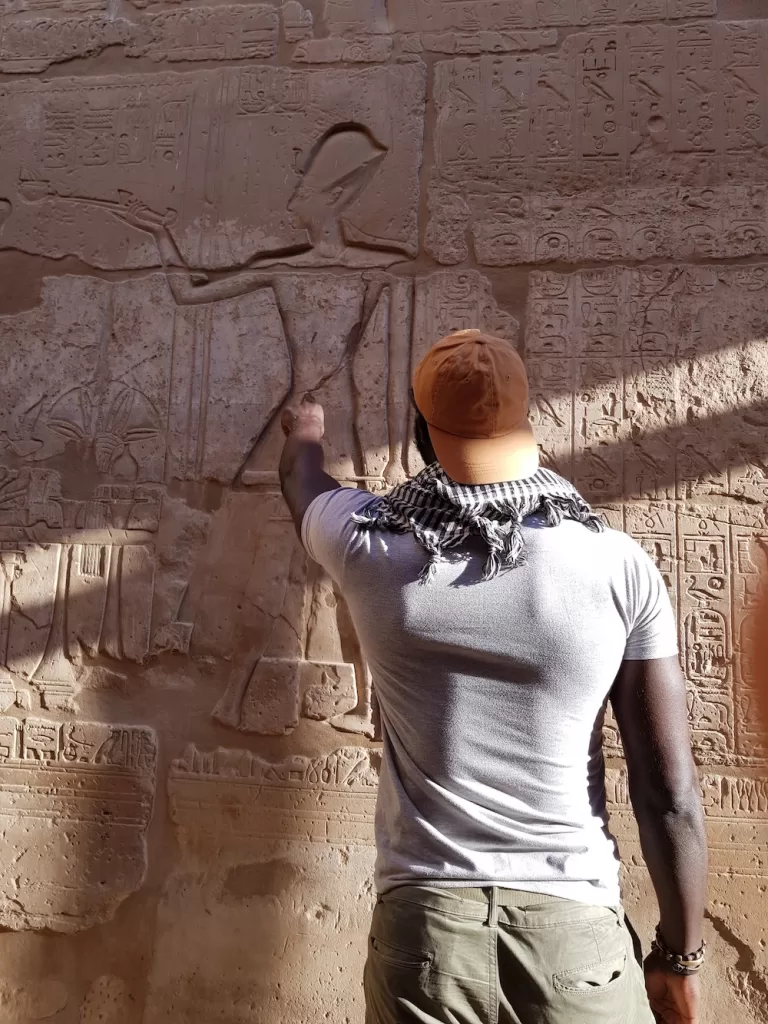
You arrived in Cairo in February 2018, nearly two and a half years after you started.
Initially my walk was just supposed to be South Africa to Egypt, so when I arrived in Egypt I thought I’d finished, that’s it. But I loved the journey so much I couldn’t stop. I had to keep going to Cairo. So I followed the River Nile. It was too beautiful not to. And when I made it to Cairo it was nighttime. I didn’t see the pyramids or anything like that.
I checked into a hostel and it was really a lackluster feeling. No excitement, no crowd of people to greet me. But the next morning I woke up and went for breakfast on their roof terrace, which overlooked the pyramids. And I thought, man, I’m in heaven right now. I knew that was the end of my journey. I ended up living in Egypt for three more months because I fell in love. She was a real character and it was a beautiful experience.
Speaking of northern Africa, you recently visited a nomadic tribe in Algeria. Could I ask, what were you doing there, did you learn about their traditions and lifestyle?
I have an Algerian friend and she started a tour company in her native country. She asked if I’d like to come and offer another perspective to help her with her business. So I went along to stay with these nomadic tribes.
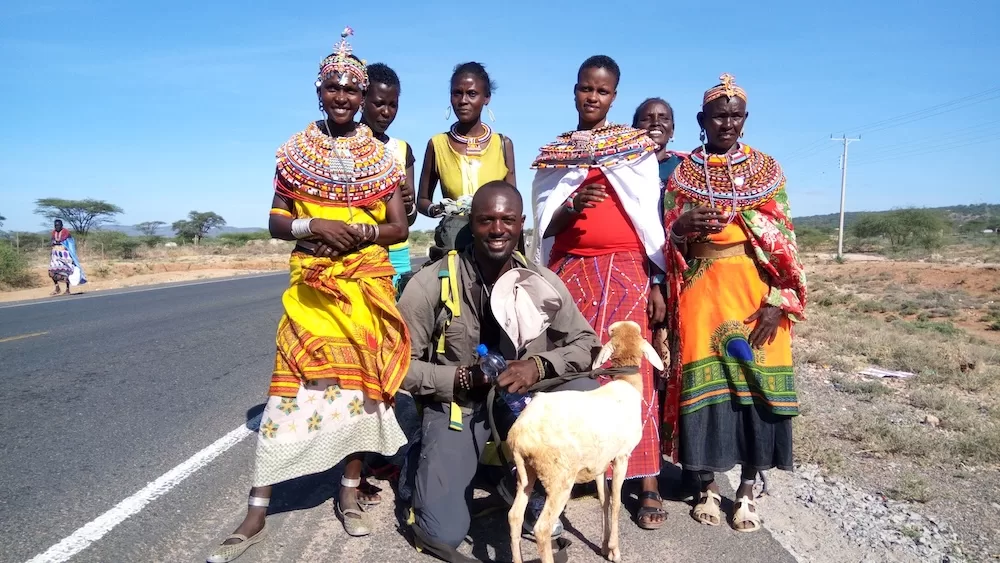
I took a flight from Toronto to France, then from France to Algeria, and then a third flight from Nigeria to Djanet. Once you’re in Djanet, you drive four hours to the tribes. We stayed with them for a week, and you’re in the middle of the Sahara desert, so you can’t really pick up groceries or whatever, you have to ration properly. You’re basically living the way they’re living, except our tent was bigger. I came with my videographer and we started to interview these nomadic tribes to see how they live. Is it still possible to be nomadic in these modern times? If so, how?
Is it still possible to be nomadic in these modern times? If so, how?
For one thing, there’s absolutely no cell service out there. You’re not going to get it unless you walk a couple of days to the next town. But it’s too hot to do that, and the air is super dry. You could get stuck in a sandstorm. I was basically offline for a week, and there’s not a lot of places in the world where you can be completely off grid.
After the trip you wrote on your website: “tribes tend to move with a state of flow—in rhythm with their surroundings.” What did you mean by that?
When you’re driving around with these nomadic tribes, they don’t use GPS, they don’t use radios. We’re in the middle of the desert and they literally just eyeball it. They really just know that this is the direction to go, and they’re right every single time. We never got lost. During the day, at night, whatever. And they can read the stars. First I thought they were pulling my leg, but I tested them and they know all the stars. Because it’s been passed down for generations, all of this knowledge, for a thousand years. So their state of flow was incredible—just being able to move through the desert, always at ease, always easygoing and relaxed.
What’s their background? Are they Berbers?
No, they are Taureg people.
Ah, OK. Did they play music?
Every single night. Every night they would play beautiful music. It was incredible. And it really renewed my love for the guitar. I’ve started playing again because of these guys. Their ability to navigate the desert with ease, to play beautiful music, to make traditional teas, and be so humble—these are traits that I think, as modern Western men, we could learn a lot from them.

Since the Africa walk you’ve completed a few more extended journeys. Is there a process or a mental approach that helps you get through, no matter the difficulty?
Just thinking over and over, one more step, one more stroke. If you know that each step leads toward the end, you know you’re going to make it. And you have to make time very relative in your mind. Because time starts to be not relative when you’re in pain and you’re suffering.
But for me, pain and suffering actually propel me. The more I suffer, the more I’m thinking I really need to finish this part of the journey. Before cycling across Canada, I’d never cycled more than 20 kilometers. And I didn’t really train. I just decided to cycle across North America, and that first week was absolute hell. The west coast of Canada is all mountains. The first few days I was just climbing these mountains—that was some serious suffering.
But once I made it through that I was solid as a rock. One great part of that cycling journey was experiencing the American side. I found Michigan really interesting.
You went through the Upper Peninsula?
Yeah, and I got to see the real America there, like it was back in the ’80s. There are no new cars. Everyone had an old Corvette or old pickup truck. People still had mullets. It’s a different world up there. I ended up in a restaurant with a bunch of bikers, hardcore leather motorcycle guys who had long white beards with yellow stains. I’m the only black person in this entire town and I’m wearing the spandex biker outfit. Everyone just stares and the music stops. That’s how it felt.
But they ended up being so good, they took care of me. They bought me a couple rounds of drinks. And there was literally a guy named Bubba who said, “I’m a proud redneck.” He showed me a picture of his girlfriend, he was very proud of her. He said if I didn’t have a place to stay I could crash with him in his trailer. And he kept talking about his hash browns, how they were the best I’d ever have. I thought, this is crazy, but I stayed with him. And in the morning, he made me hash browns and sausages, and damn, they were good. And it was actually luxury for me because his trailer was like one of those like huge RV trailers. It was a really good time.
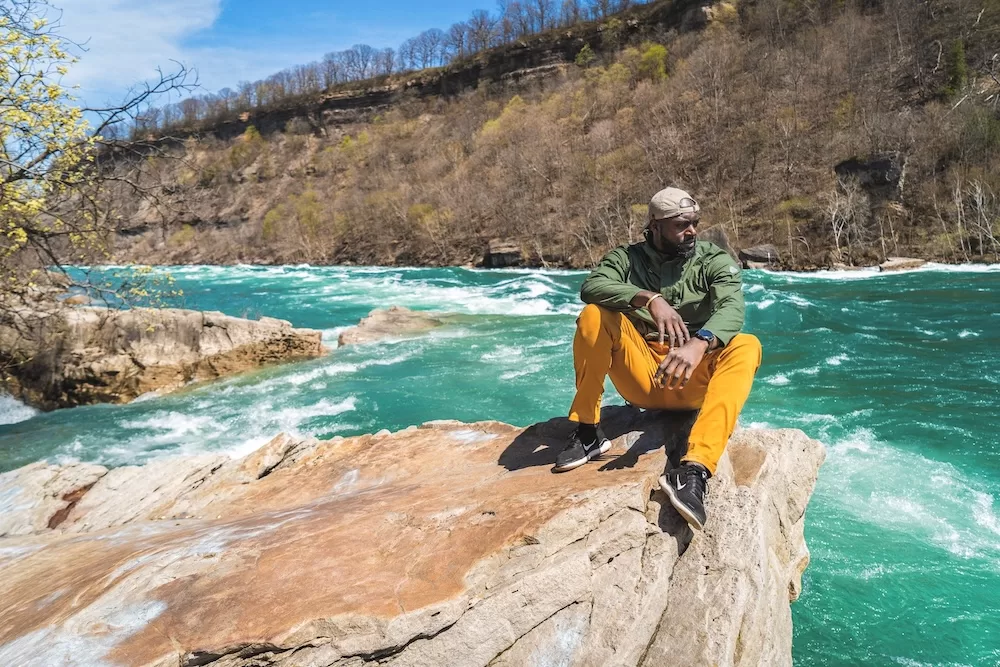
Almost like a bit of Africa in northern Michigan.
That’s it, exactly. One thing my travels taught me is that people come in all different shapes and sizes, but I think deep down in our core, we’re all the same.
One thing my travels taught me is that people come in all different shapes and sizes, but I think deep down in our core, we’re all the same.
In 2019 you became Canadian outfitter MEC’s brand ambassador, aiming to get more minorities out hiking. How has that gone? Are more people of color traveling today?
When I first started there were just a few accounts on social media, a few small platforms for black travelers. They had maybe a couple of hundred followers. But now some of these pages have hundreds of thousands of followers. So it’s been really cool to see them progressing and the momentum building.
But there’s still the big problem of “black people don’t hike” or “people of color don’t spend time outdoors.” I always encourage people to get outdoors because I think it’s incredibly important. The more people who are interested in wanting to protect the environment, the faster we’ll actually solve this problem. So we need to keep pushing. It’s slow, but it’s happening. And the people who are working on this full-time, I applaud them because it’s not an easy feat, to convince people who don’t want to do these things.
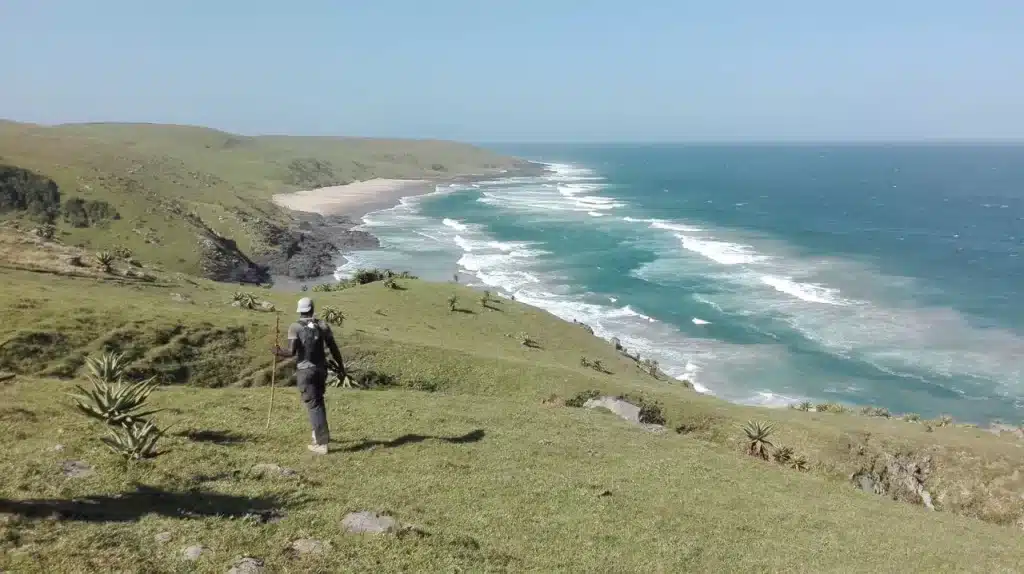
Finally, what advice would you give to people considering a big trip or a challenging adventure, but feeling unsure about their capabilities?
I was never sure about anything I’ve done. What I am sure of, though, is that I am a human being, and the people who have done similar things are also human beings, and just knowing that fact eases my mind.
But the best thing to do is to break down your goal or your challenge. Break it into steps and start preparing. Most people, they think about the problem before they think about the solution. I never think about the problem. I never think how much money it will cost. I’d never start thinking, oh man, Seven Summits, how do I do that??
I know all those concerns will be answered in the plan. I just think this is what I want to do, how can I make it happen? With solid plans, it becomes easy. Basically you’re putting breadcrumbs on your path and just following them. Everything that can happen successfully, happens through planning. If you know how to plan and execute the plan, that’s it—you’re good to go.
——————
Eco-explorer Mario Rigby is planning his next adventure, climbing Kiliminjaro, while developing two books, a documentary and a TV series. Learn more at his website and Instagram.
